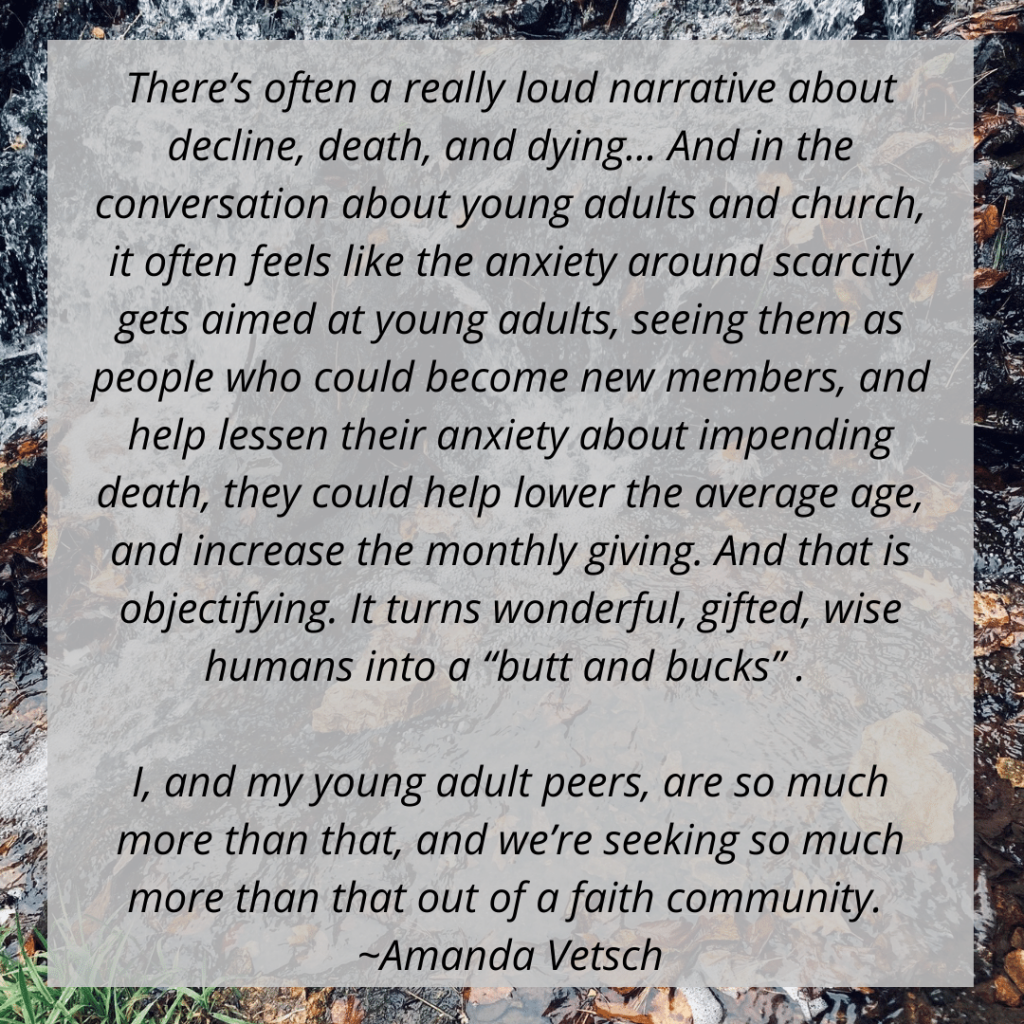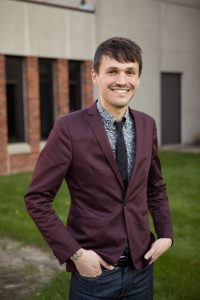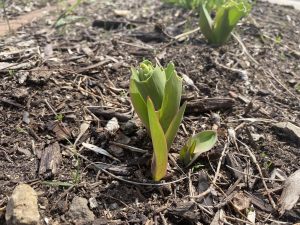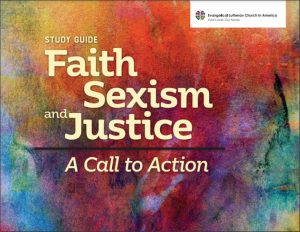Written by Hannah Sackett, our Campus Ministry Pastoral Intern. Hannah has previously worked with CCV through a local congregation involvement in our Riverside Innovation Hub. We are excited to have her on campus this next year. Find out more about Hannah here.
The school year has begun at Augsburg University! The buildings are abuzz with energy and life, and there is a general sense of newness as the community navigates what it looks like to be together again in these days. Much of what the school year may hold remains undiscovered and unknown; full of possibilities, but also perhaps tinged with some new-year-nerves. As the new pastoral intern on campus, I can relate!
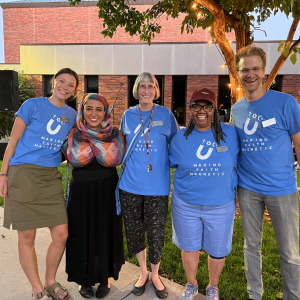 This fall, the theme in Campus Ministry is “Uncovering the Mystery”, a theme that in itself allows space for multiple meanings: holding space for Scripture, learning from one another in community, and practicing listening deeply, to name a few. But it also encourages us to explore some big questions together. Does something need to be uncovered in our lives in order to live into God’s call more fully? How might we make space for new wisdom to take root, to reveal what has felt hidden? Will something about our vocation be made clearer to us this year? Maybe sitting in mystery together can allow for new understandings, as well as a comfort with the unknown.
This fall, the theme in Campus Ministry is “Uncovering the Mystery”, a theme that in itself allows space for multiple meanings: holding space for Scripture, learning from one another in community, and practicing listening deeply, to name a few. But it also encourages us to explore some big questions together. Does something need to be uncovered in our lives in order to live into God’s call more fully? How might we make space for new wisdom to take root, to reveal what has felt hidden? Will something about our vocation be made clearer to us this year? Maybe sitting in mystery together can allow for new understandings, as well as a comfort with the unknown.
For a period of time, I worked as a canoe guide in the Boundary Waters Canoe Area in northern Minnesota. And during canoe trips, I was often eager to know my exact route, know where each portage trail began and ended, to know how things would unfold. Oftentimes, though, the geographical twists and turns on the lakes in real life were not as easy to navigate as they were on the birdseye view from a map. Commonly, in fact, you couldn’t really see a portage entrance until it was right in front of you – and it was definitely easier and more enjoyable to do with other group members. Over time, I became more comfortable with the phrase we often used, “Know as you go”. And while it’s not always easy, it felt like a life lesson that applied to more than just canoe trips. What can feel like a mystery is often revealed if we draw closer to it and pay attention together.
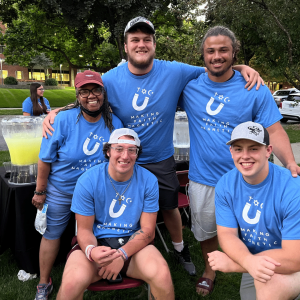 The theme of “Uncovering the Mystery” similarly invites us to come closer and sit together in life and faith’s countless question marks, in the hope that new understanding and new life is just around the corner, waiting to be revealed. We’re so happy to welcome students back to campus this fall, and welcome all to come be a part of all that’s going on in campus ministries!
The theme of “Uncovering the Mystery” similarly invites us to come closer and sit together in life and faith’s countless question marks, in the hope that new understanding and new life is just around the corner, waiting to be revealed. We’re so happy to welcome students back to campus this fall, and welcome all to come be a part of all that’s going on in campus ministries!

